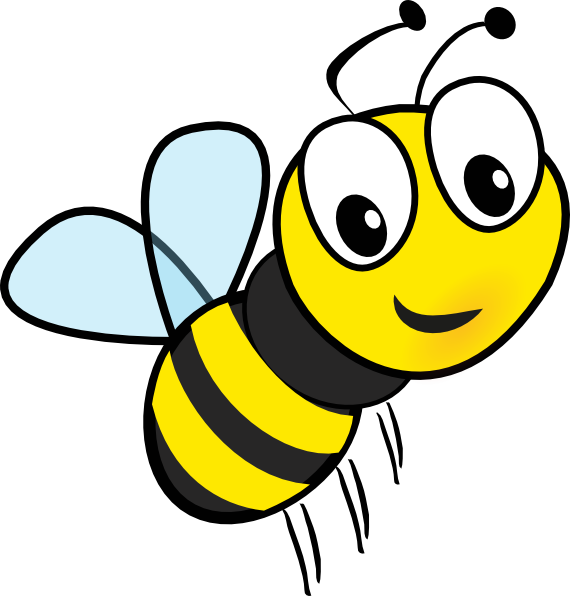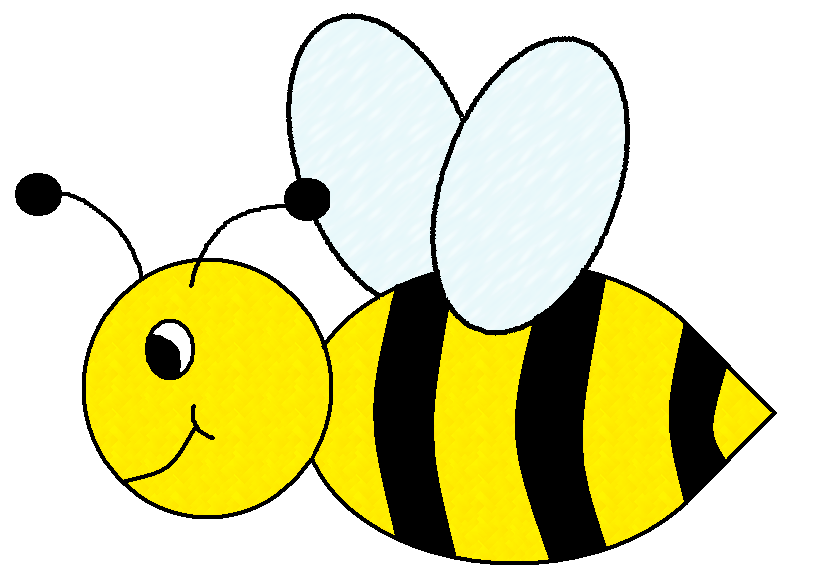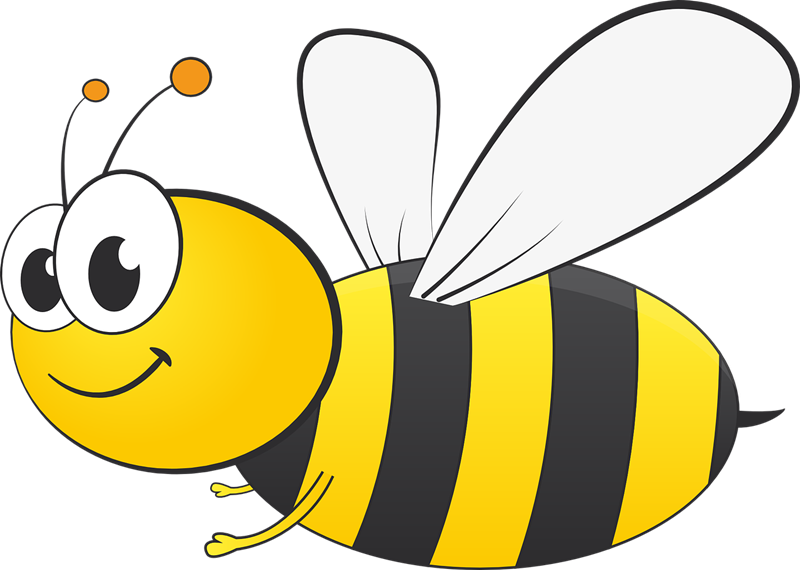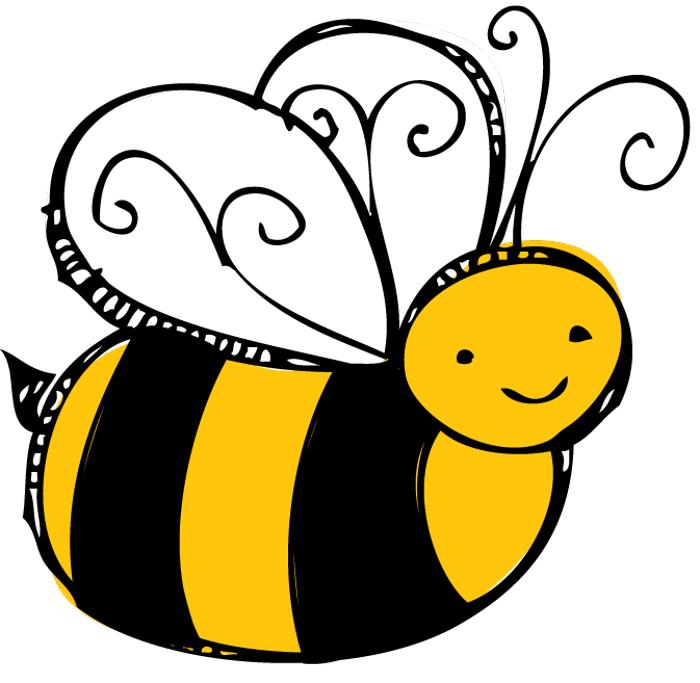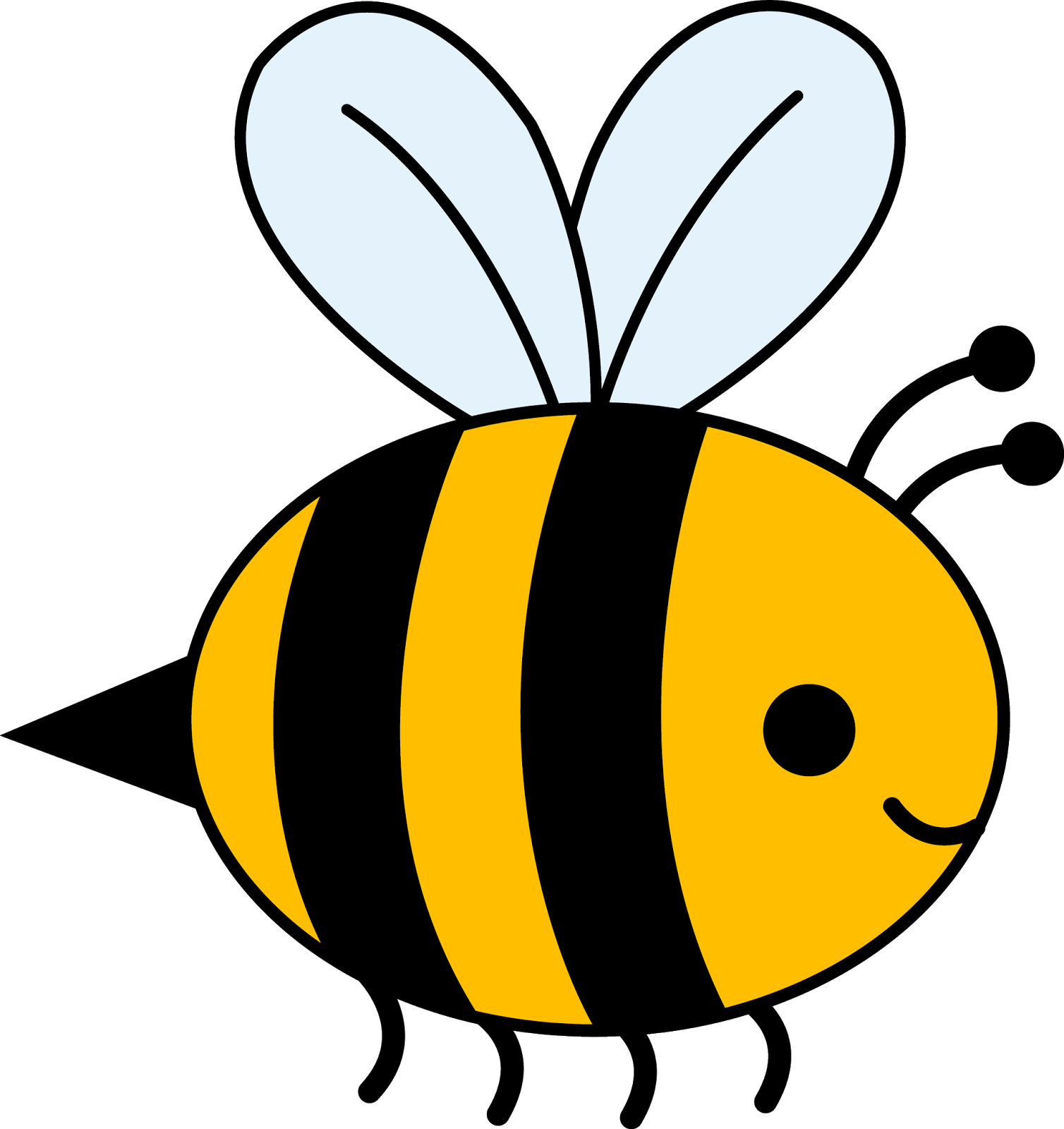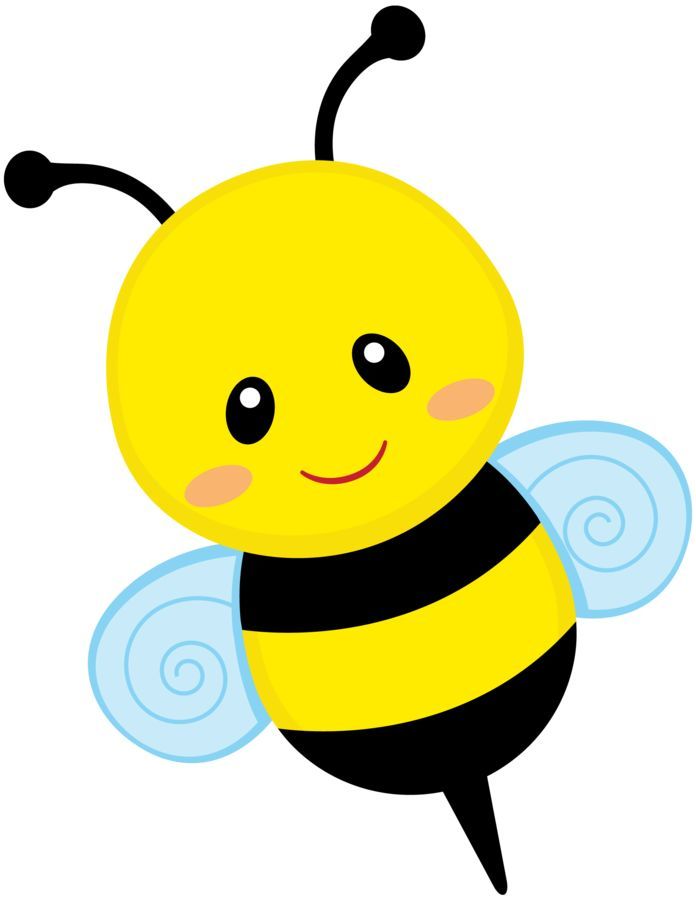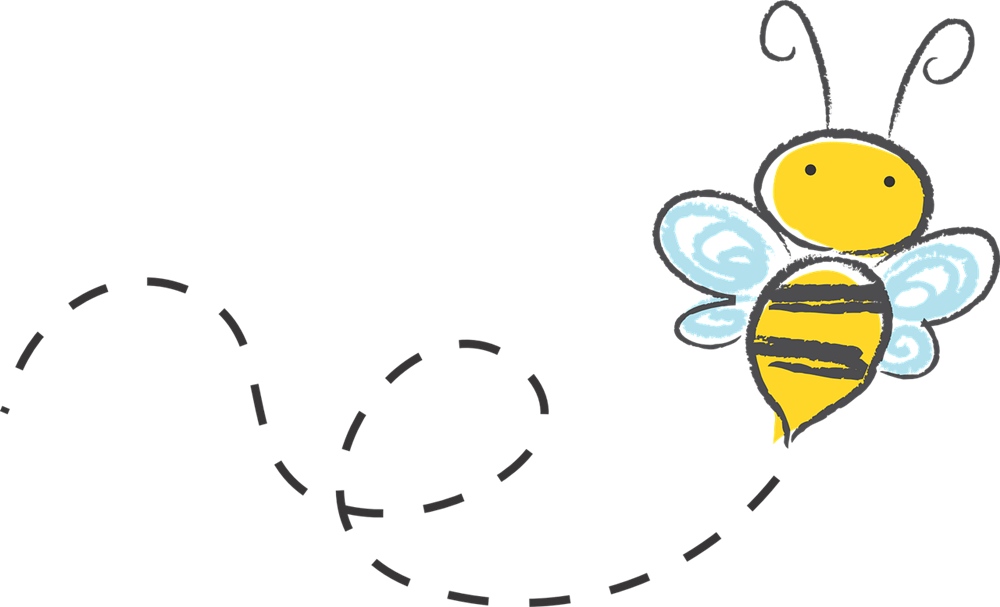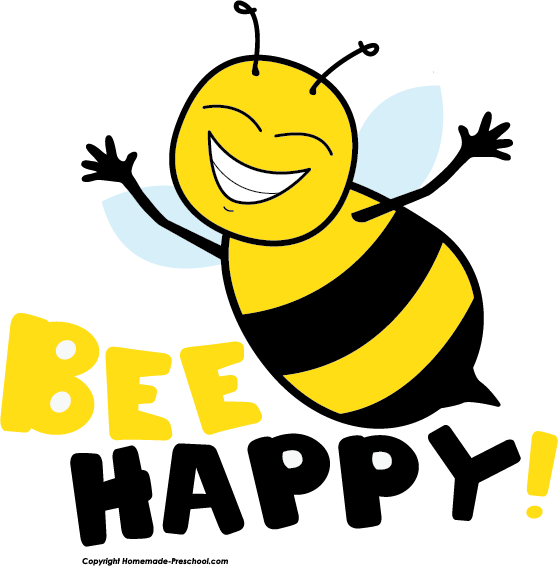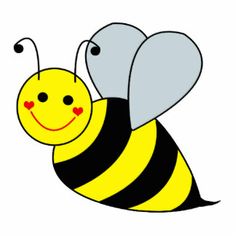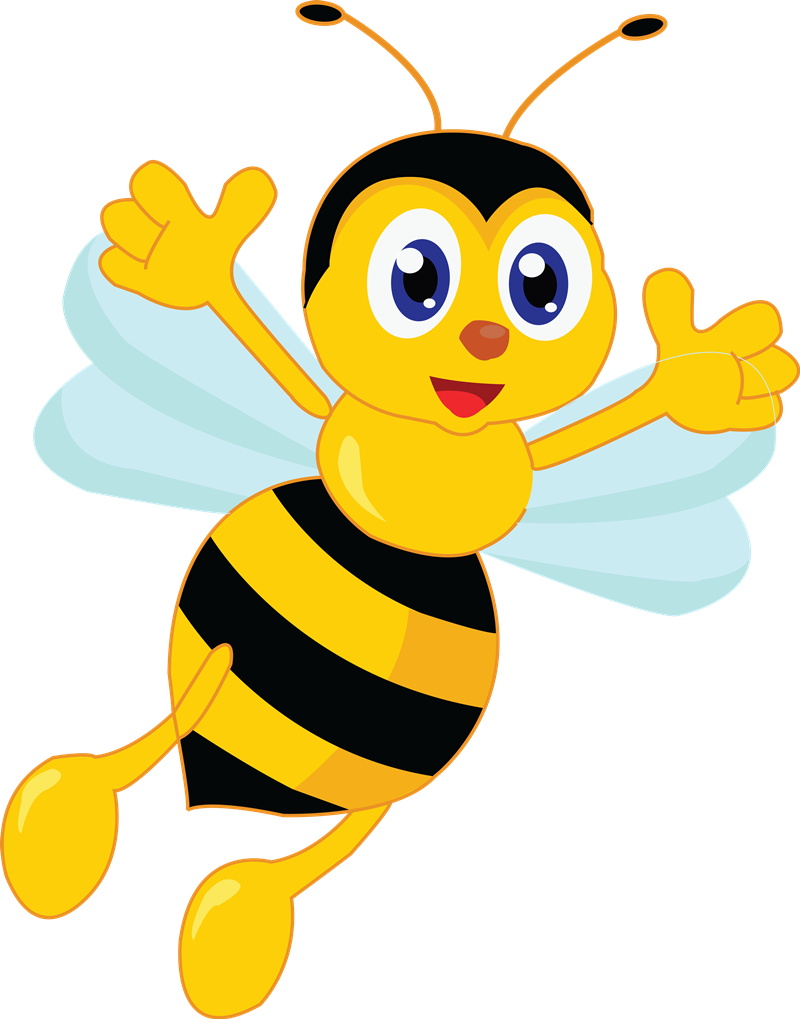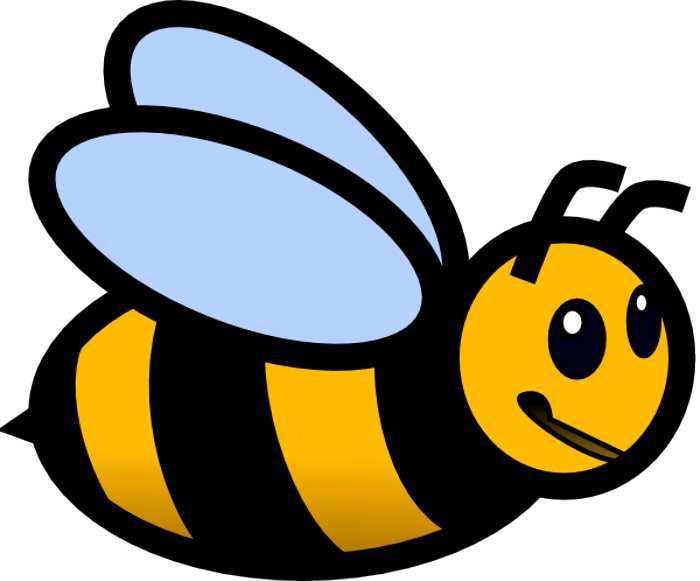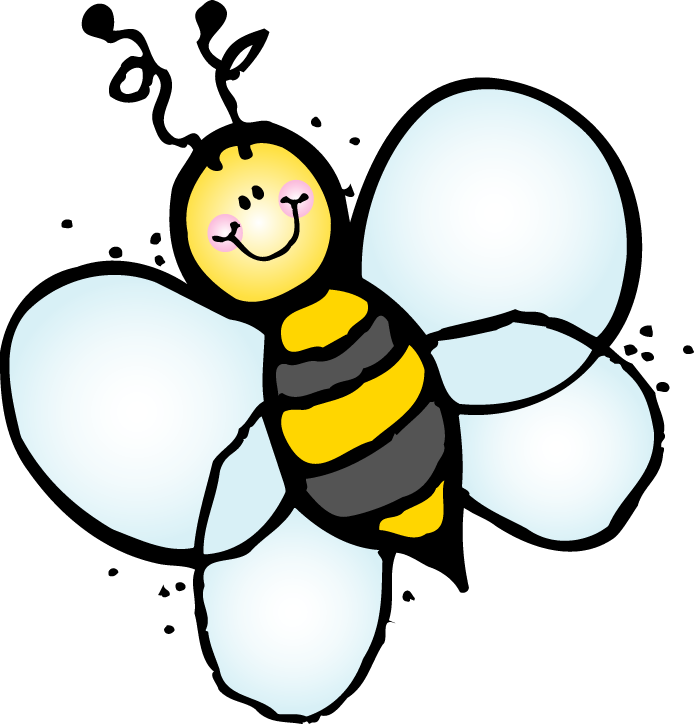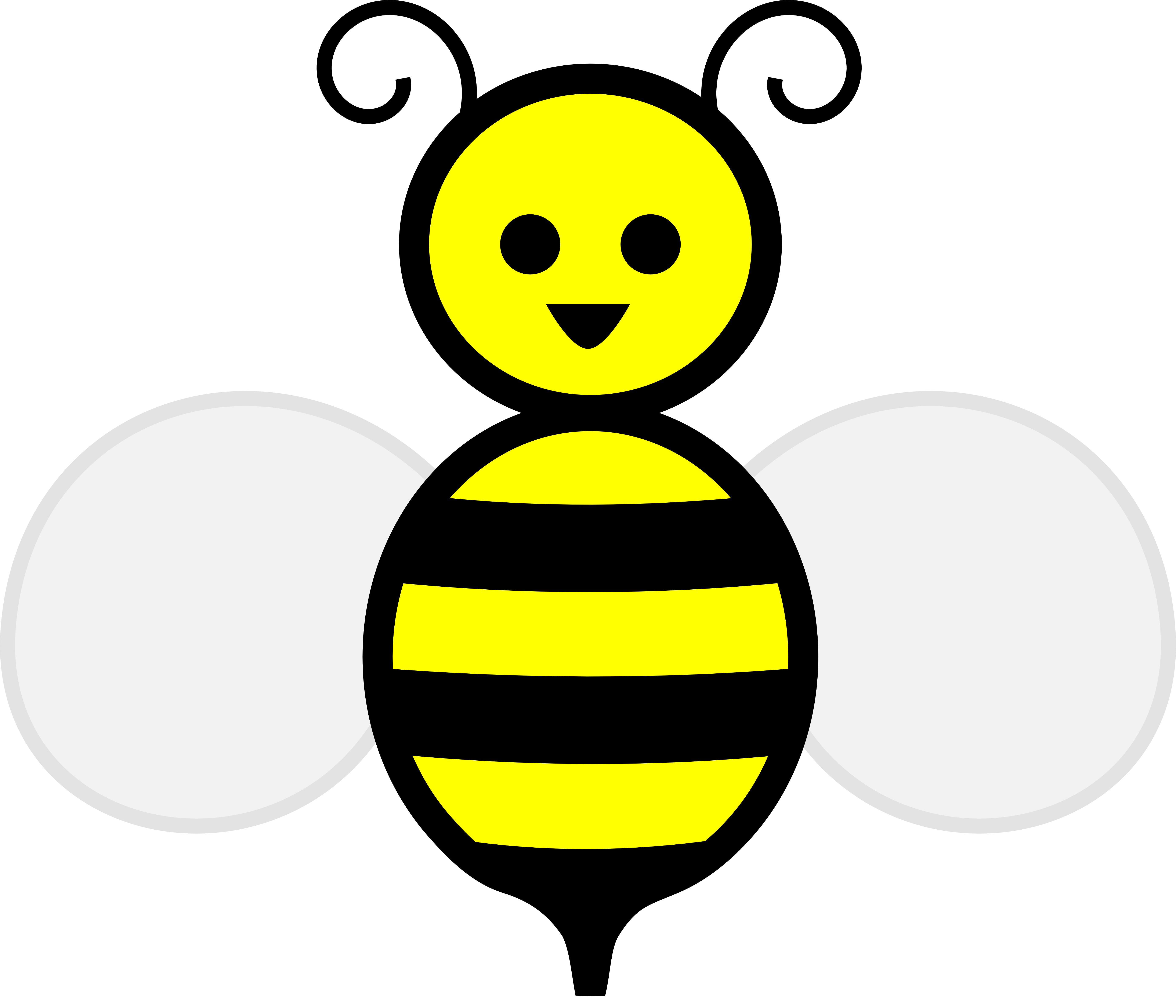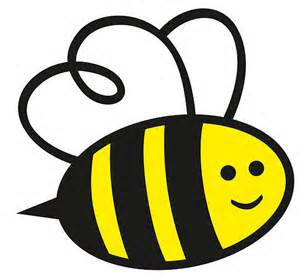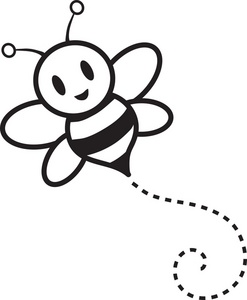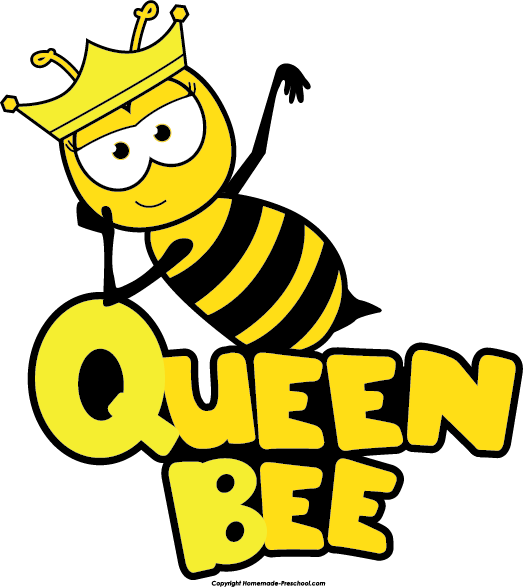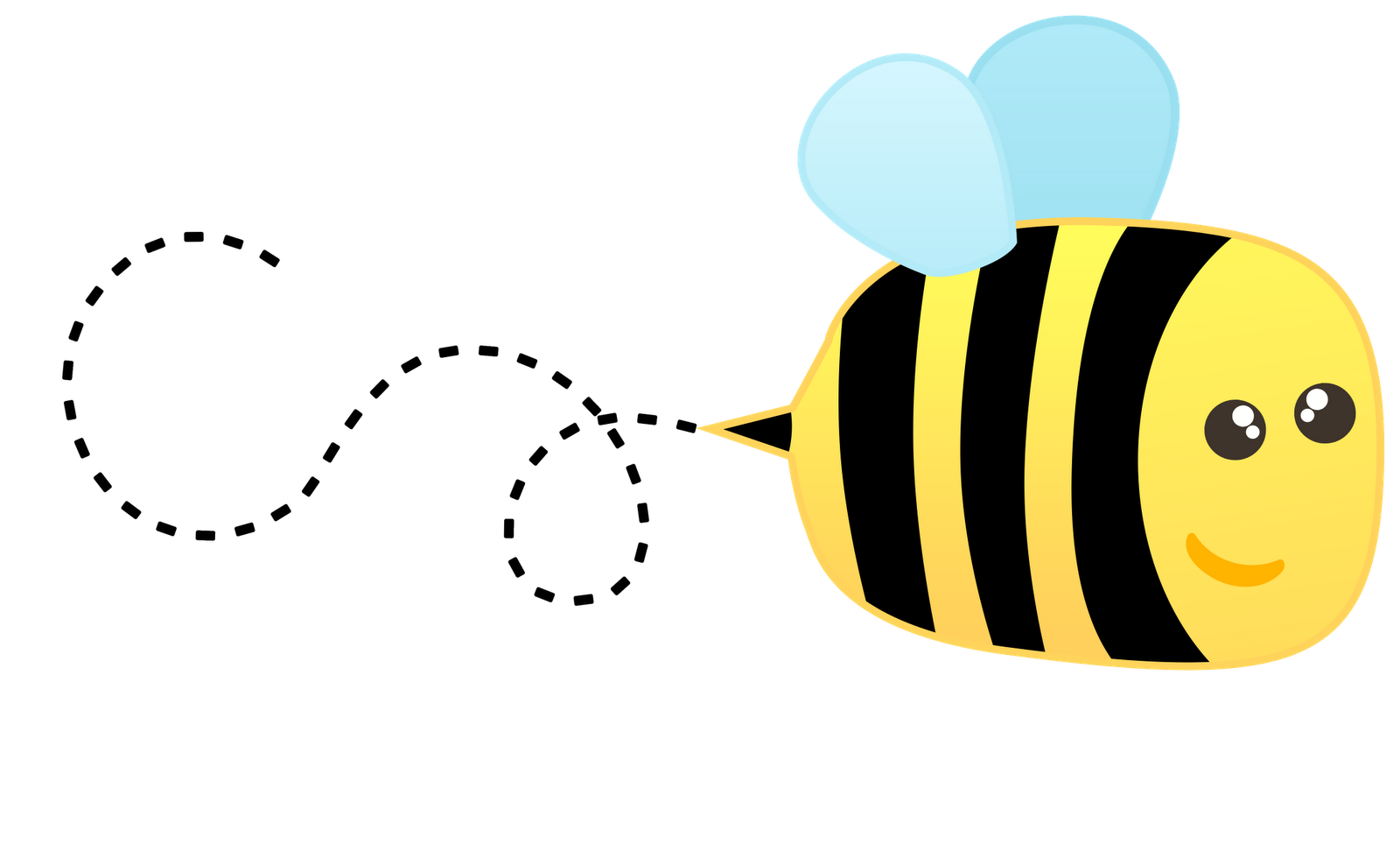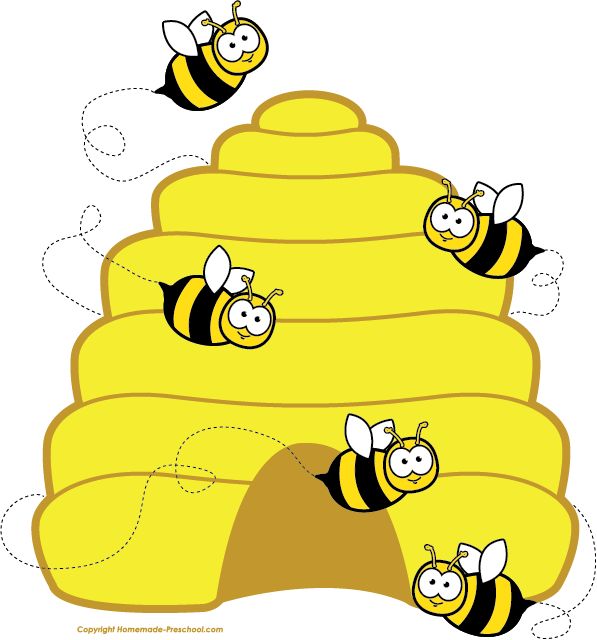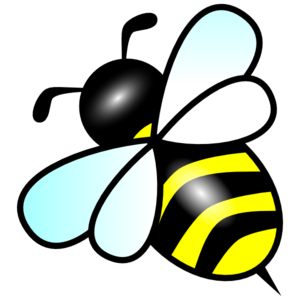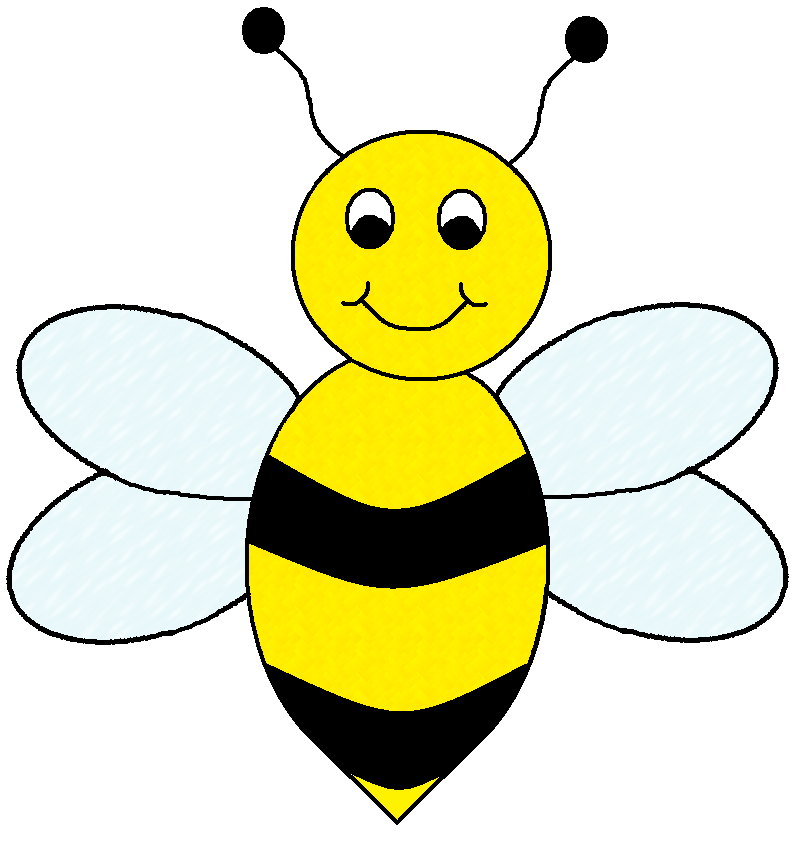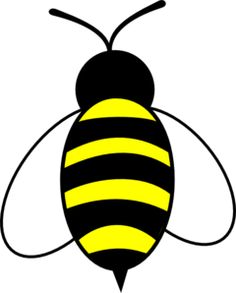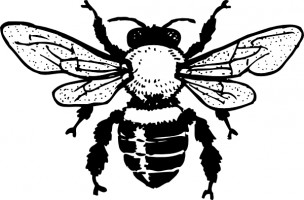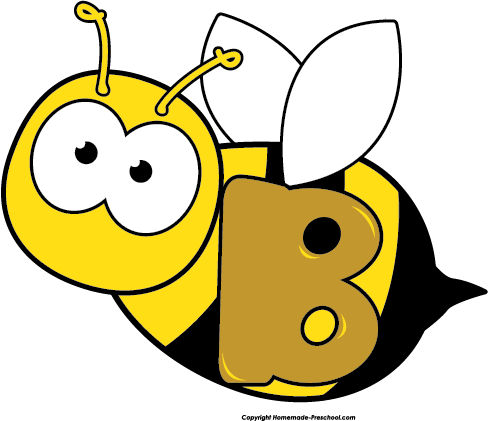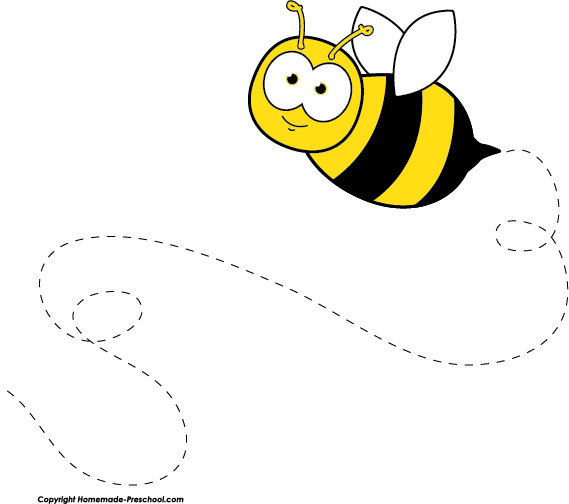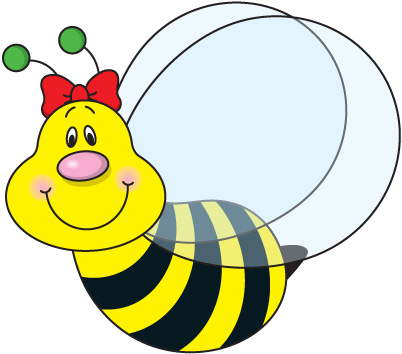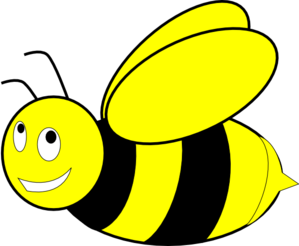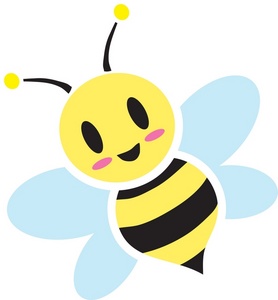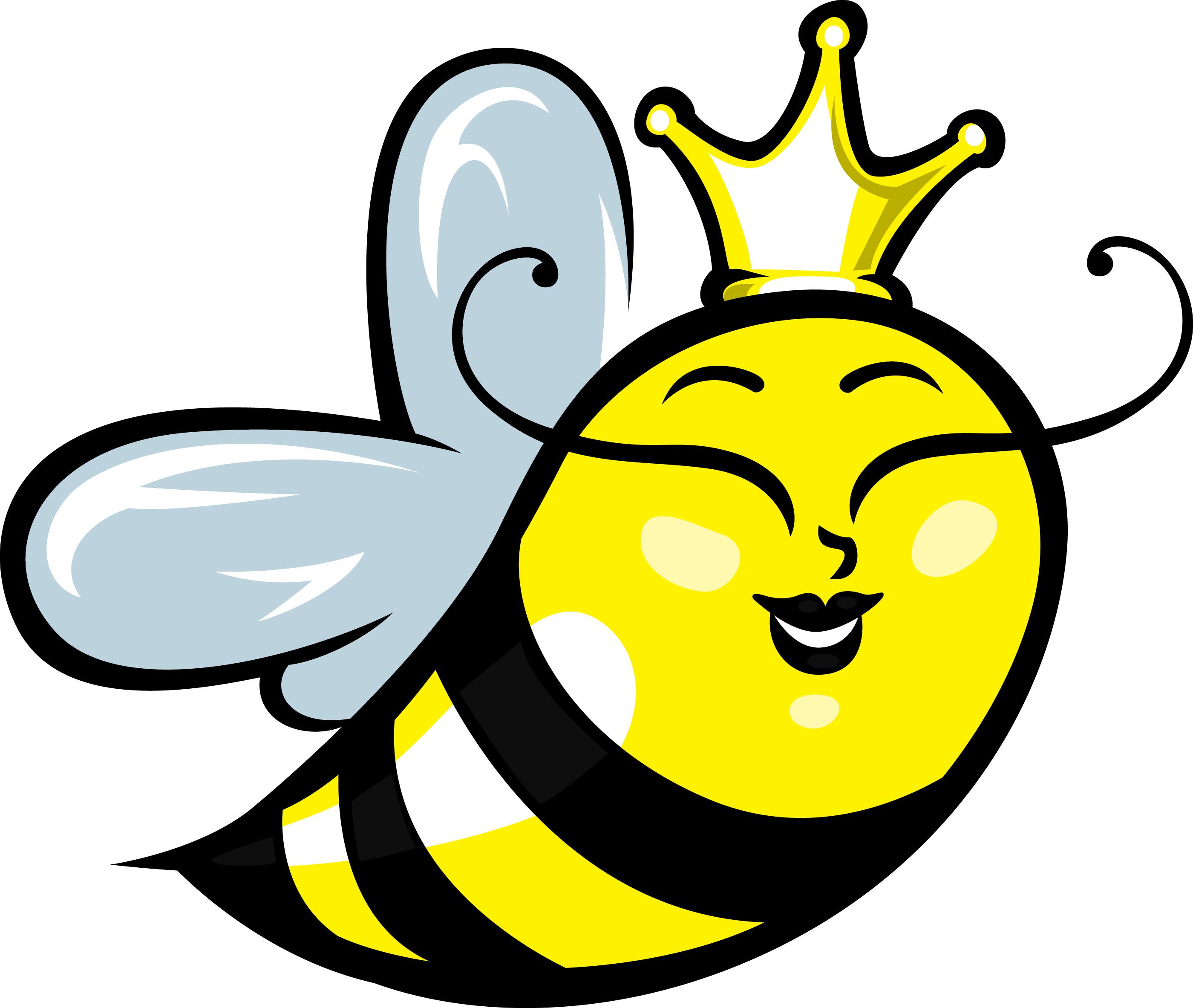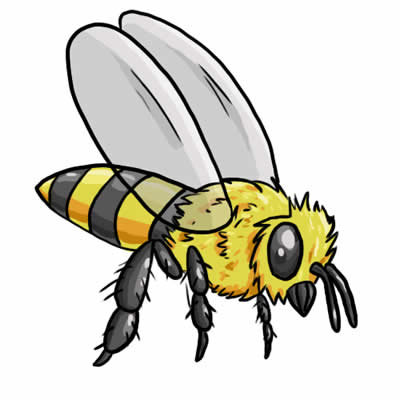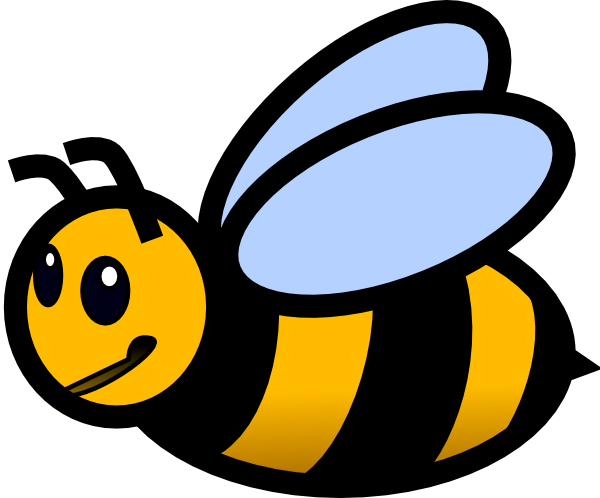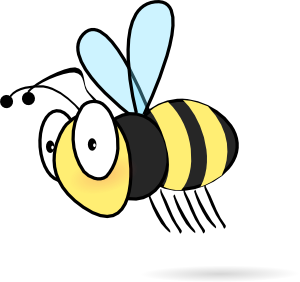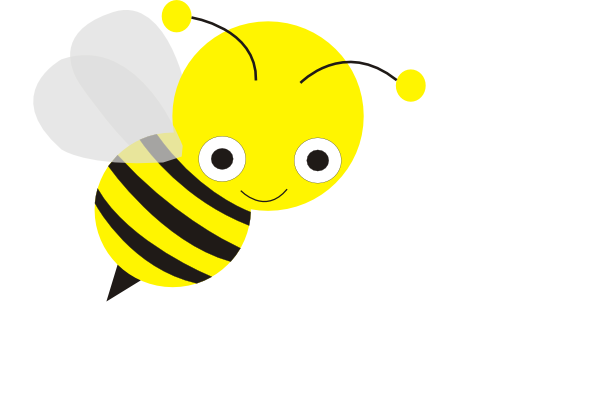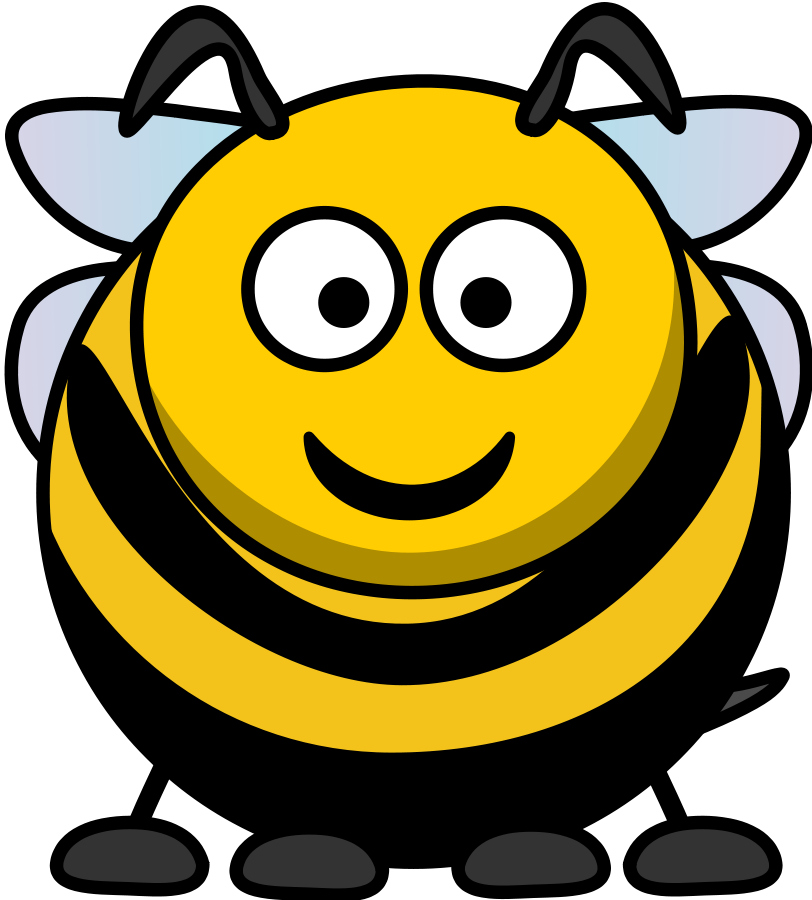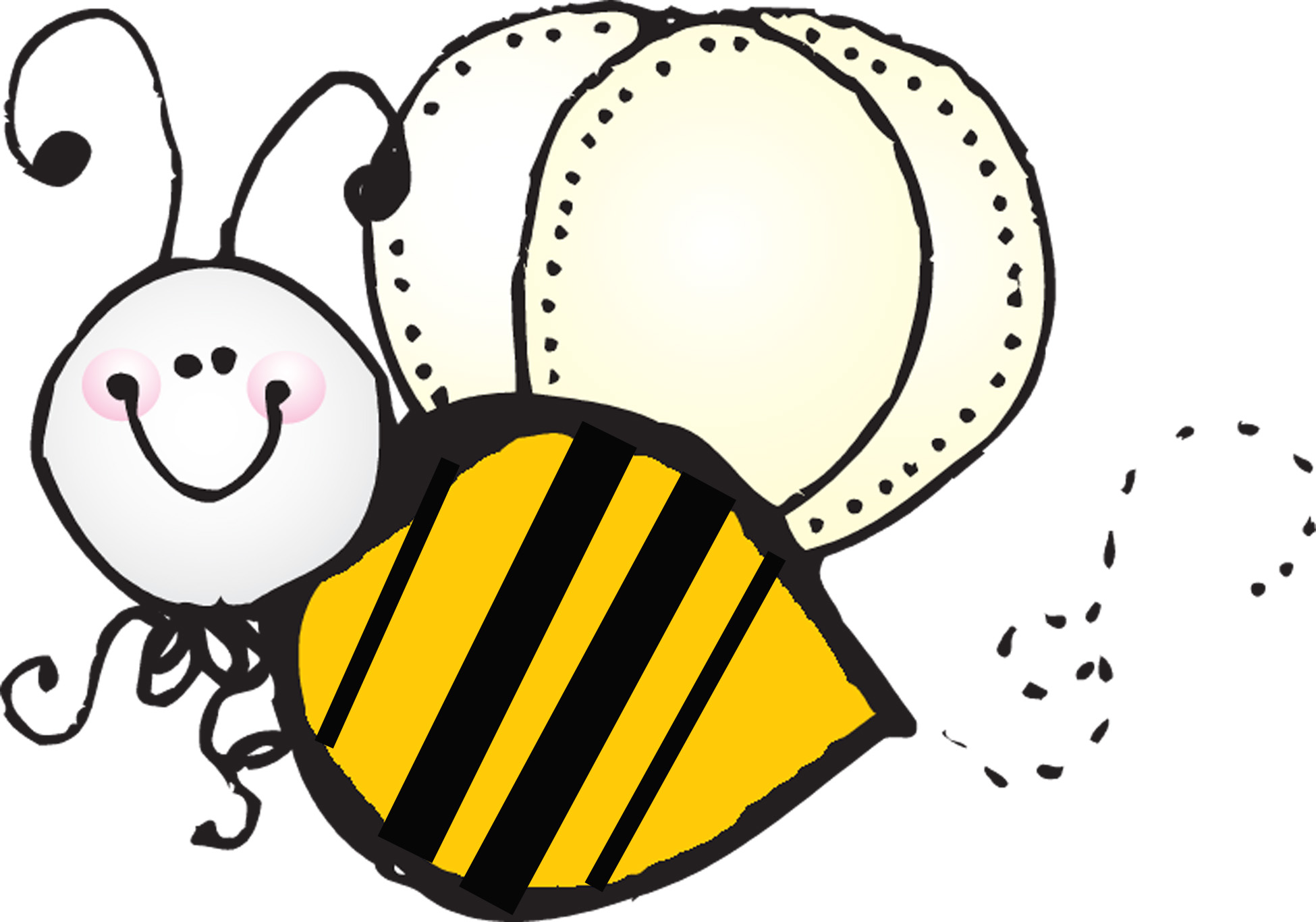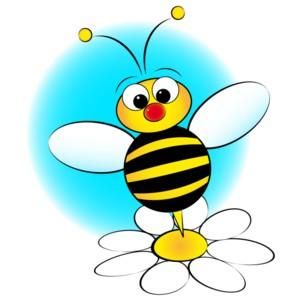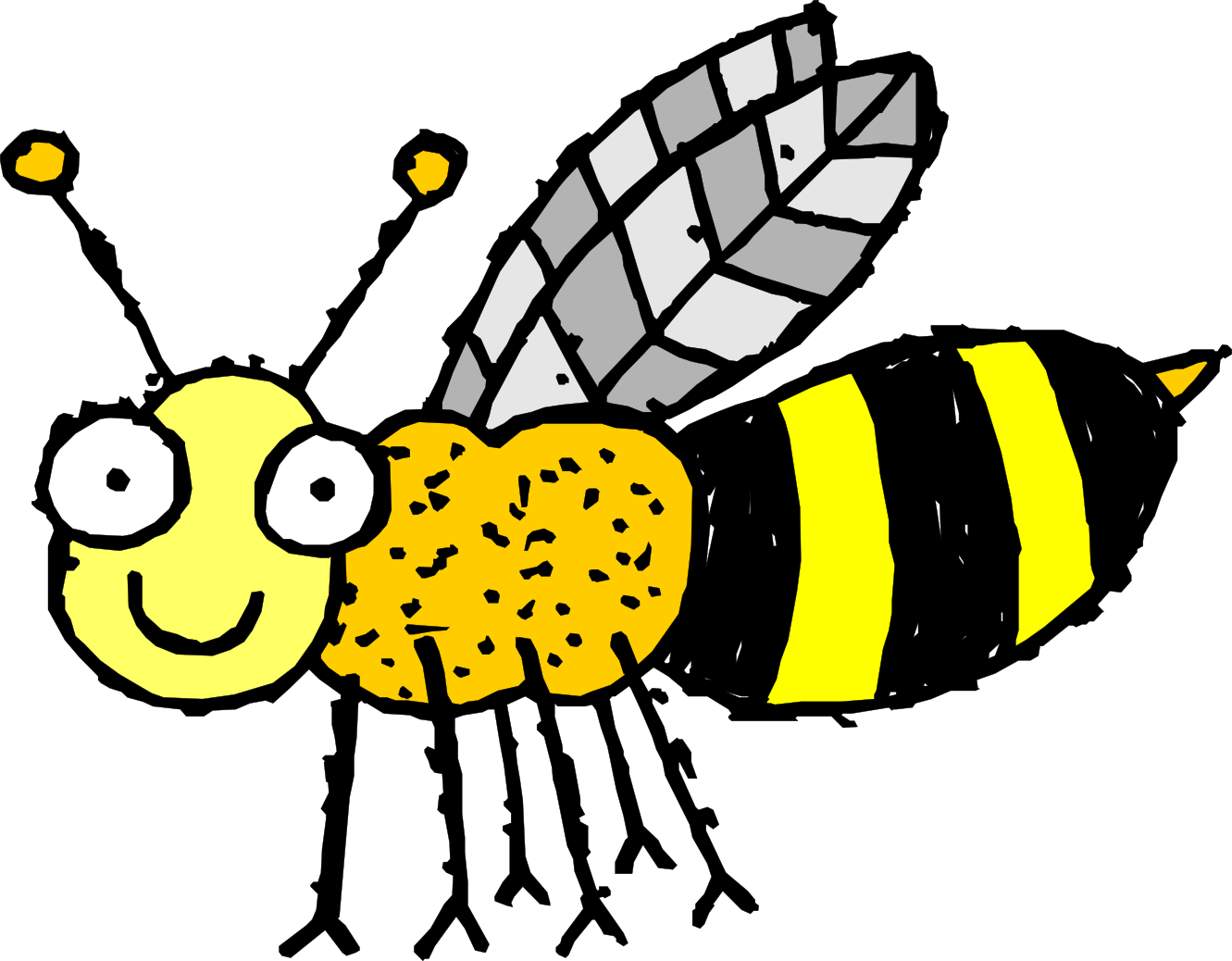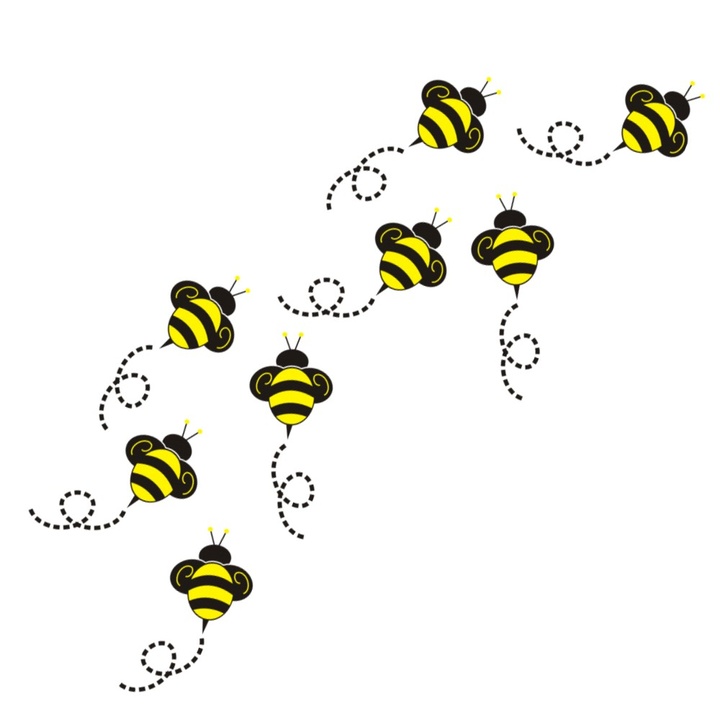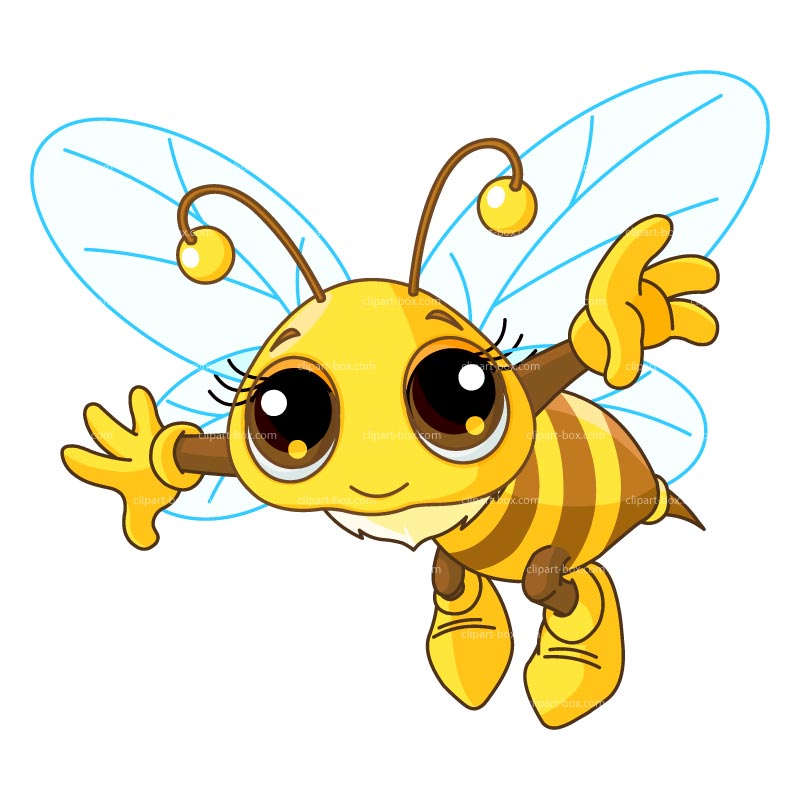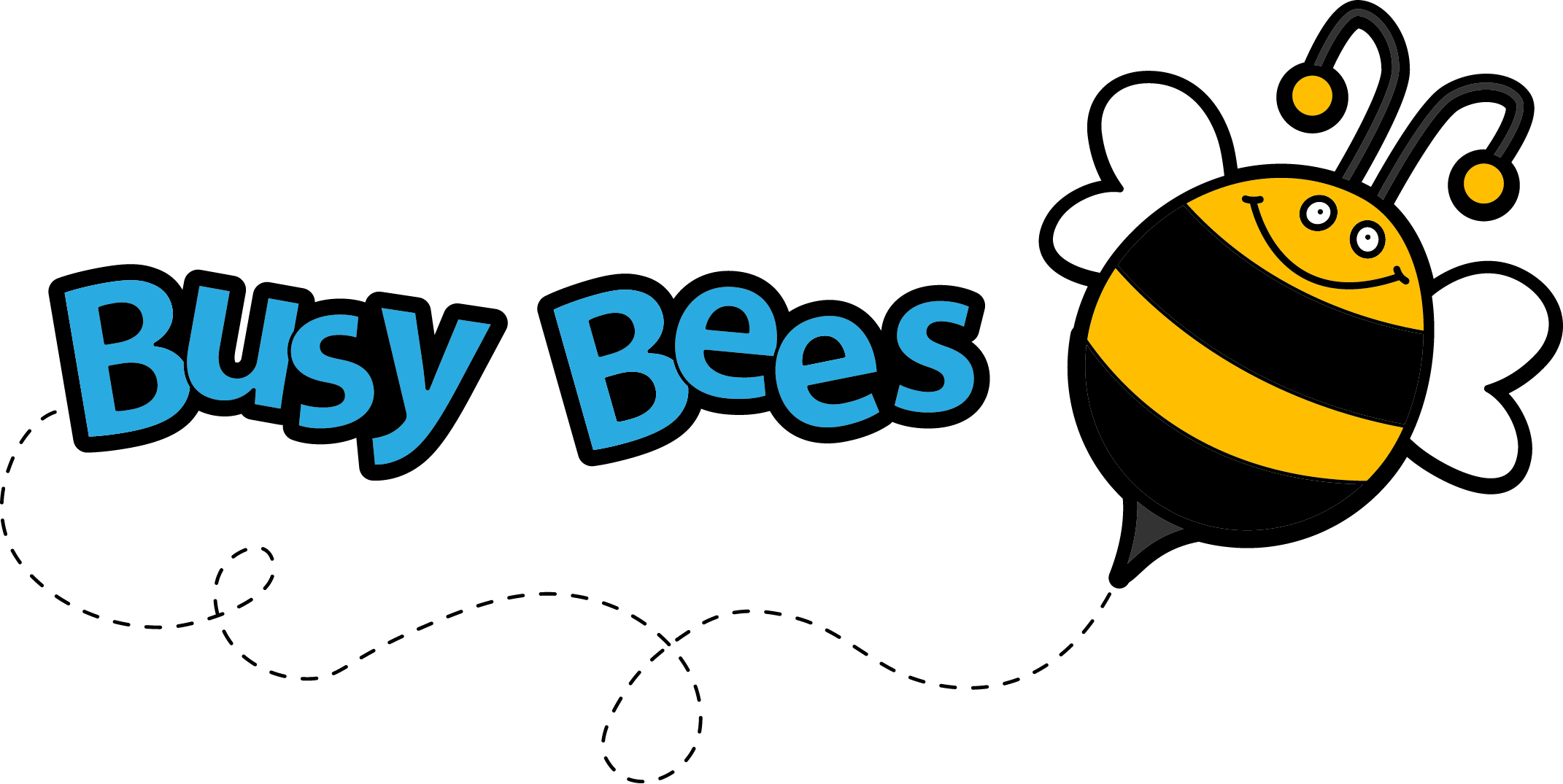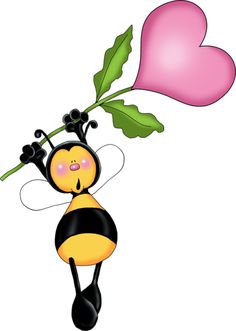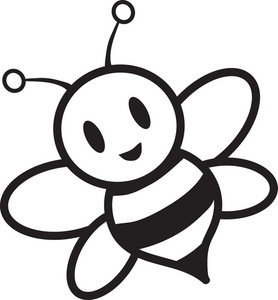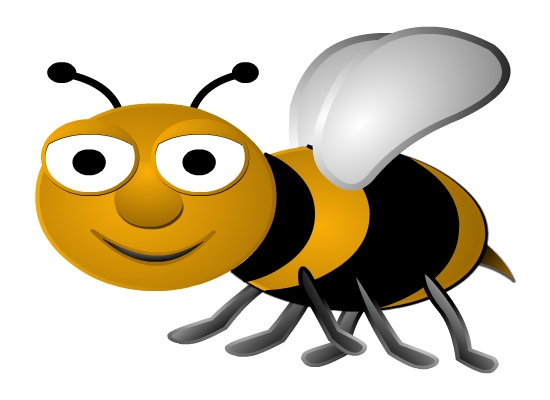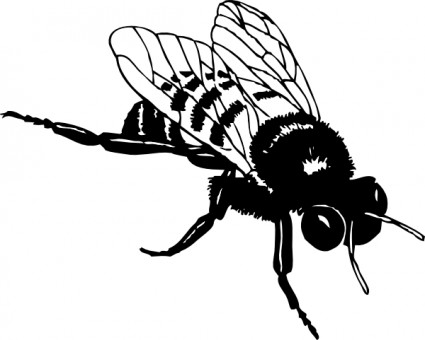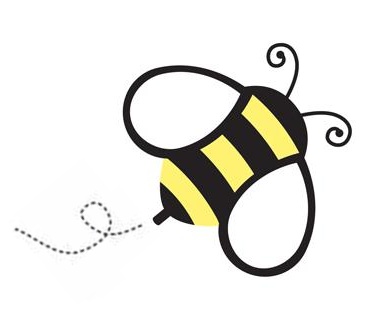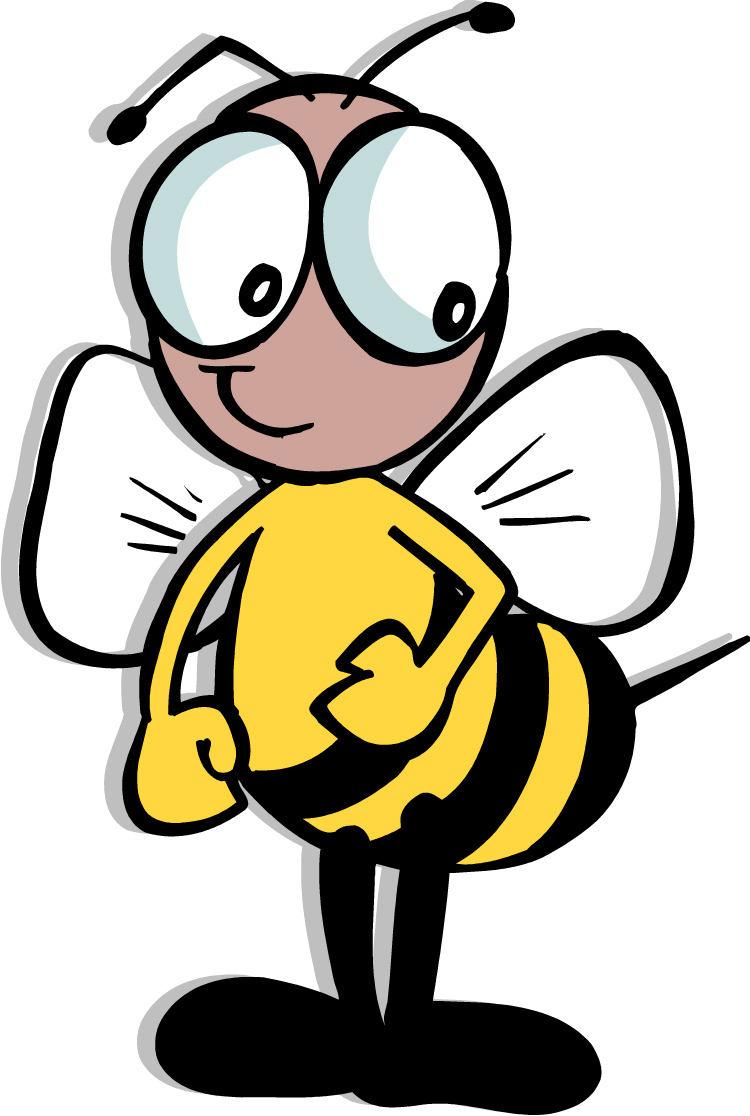Bee Clip Art
Bees are flying insects closely related to wasps and ants, known for their role in pollination and producing honey and beeswax. There are over 20,000 known species of bees globally. Some key facts about bees:
- They evolved around 100 million years ago during the Cretaceous period alongside flowering plants.
- Only a small number of bee species produce honey (i.e. honey bees).
- Many plants depend on bees and other insects for pollination. About 75% of leading global food crops benefit from pollination.
Types of Bees
There are three main groups of bees:
Honey Bees
- Live socially in hives with colonies of up to 50,000 bees.
- Produce and store excess honey as food.
- Used commercially to maximize honey production and crop pollination.
Bumble Bees
- Larger and furrier than other bees.
- Nest in small colonies of up to a few hundred bees.
- Better adapted to colder climates than honey bees.
Solitary Bees
- Live alone rather than in colonies.
- Many build nest cells for their larvae in holes or small crevices.
- Includes mason bees, carpenter bees, leafcutter bees and more.
Bee Biology
Physical Characteristics
- Insect anatomy with 6 legs, compound eyes, antennae, wings
- Covered in soft hairs which help collect pollen
- Stinger for defense (only female bees can sting)
Nesting and Reproduction
- Honey bees construct wax honeycomb structures to store honey and house larvae
- Solitary bees nest in tree cavities or underground tunnels
- Larvae are fed a mixture of pollen and nectar then sealed into cells to transform into winged adults
Life Cycle
- Complete full metamorphosis with egg, larva, pupa and adult stage
- Workers live 30-60 days, queens can live 2-5 years
- Colonies reproduce by swarming – queen leaves with workers to form new colony
Bees and Pollination
Bees transfer pollen between flowers as they collect nectar and pollen for food. This fertilizes plants and enables seed and fruit production through cross-pollination. Their bodies are covered with branched, plumose hairs which trap pollen grains as they move between flowers. Honey bees are prominent pollinators but wild bees also play an important role.
The Importance of Bees
In addition to pollination, bees provide other ecosystem services and commercial products:
- Maintain biodiversity by pollinating wildflowers
- Provide wax for candles, food glazing and more
- Produce nutritious antibiotic honey enjoyed worldwide
- Enable crops critical to our food supply including fruits, nuts and vegetables
Studies estimate bees contribute over $200 billion annually through commercial pollination services. As key pollinators, their health is critical to food security and ecological stability.
Threats Facing Bees
Unfortunately bees have undergone significant population declines lately due to:
- Habitat destruction reducing floral resources
- Pesticide and herbicide use impacting health
- Disease and parasites including varroa mites in honey bees
- Climate change disrupting seasonal activity and flowering patterns
This bee decline threatens crop yields, ecosystem health and rural livelihoods relying on beekeeping. Protecting bees is crucial for sustainability.
Bee Conservation Efforts
Many initiatives are underway to support bee populations:
- Creating bee highways and corridors with diverse flowers
- Support for small-scale sustainable beekeeping operations
- Banning or restricting certain pesticides harmful to bees
- Improved bee habitat and forage on farms
- Public education and engagement in helping bees
- Conservation efforts for endangered bees like the rusty-patched bumble bee
Continued efforts across sectors are still needed to ensure bee population recovery.
Bee Symbolism and Culture
Bees, honey and beehives have appeared widely throughout mythology, folklore and culture including:
- Association with fertility, creation and agriculture goddesses (Greek Artemis, Roman Diana)
- Symbolized as the Bee Goddess in ancient Near East traditions
- Link with rebirth/reincarnation in Ancient Egypt and Orphism traditions
- Used in heraldry and old kingdom emblem symbols
- Featured in art, jewelry, songs, stories and more
This reflects the historical cultural and economic importance of bees across civilizations.
Bee Clip Art and Graphics
There are many styles of bee-inspired vector clip art, drawings, borders, backgrounds and graphics depicting:
- Cute cartoon bumble bees and honey bees
- Black and yellow/gold stripes background patterns
- Bee with honeycomb and honey dipper clip art
- Watercolor bee illustrations for stationery or paper crafts
- Sets of bee stickers for bullet journals and planners
These graphics are used for party supplies, kids crafts, stationery, home decor, boutique apparel or banners. Custom graphics can be made from bee photos creating an aesthetic brand identify around bees and beekeeping.
Bees play a vital role as prolific pollinators supporting our food supply, ecosystems, economy and culture. However, severe population declines now threaten the sustainability of habitats that rely on bees for pollination services. Through improved conservation policies as well as public education and engagement, we can implement better practices to ensure healthy bee populations and habitats for the future. Protecting bees goes hand in hand with protecting our own wellbeing.
In this page clipartix present 78 bee clipart images free for designing activities. Lets download Bee Clip Art that you want to use for works or personal uses.

